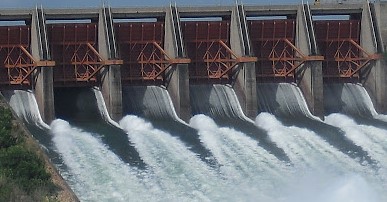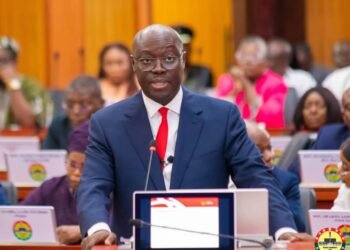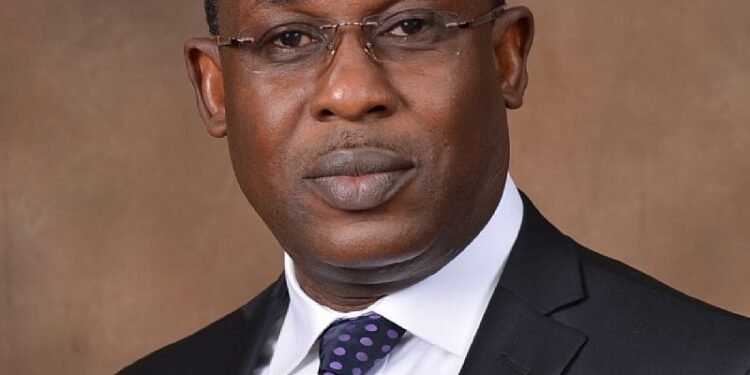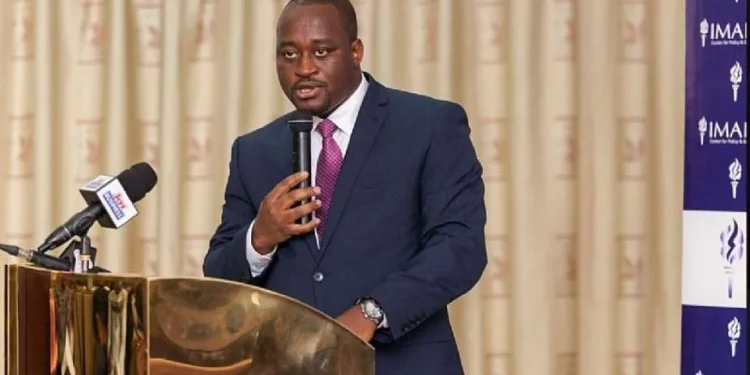The government of Ghana has planned to invest a total of US$ 5.6 billion in renewable energy between 2019 and 2030, with more than 80% coming from the private sector. This translates into an estimated US$ 460 million in investments yearly in renewable energy.
This is contained in the Renewable Energy Masterplan (REMP) which is to be implemented over a 12-year time-space, from 2019 to 2030.
The successful implementation of the plan, according to the Ministry of Energy, would lead to an installed electricity capacity of 1363.63 MW (with grid-connected systems totaling 1094.63 MW), the creation of 220,000 jobs, and carbon savings of about 11 million tonnes of CO2 by 2030.
The REMP proposes strategies to minimize the adverse impact of the various renewable energy technologies and targets on land use through spatial planning.
Globally, renewable energy is going through exciting times with increasing investment in many countries. Solar PV capacity increased from 3.1 GW in 2005 to 227 GW in 2015. Solar PV Mounting Systems Market size is estimated to grow at 10% CAGR between 2020 and 2026, as per new research report.
Also, between 2005 and 2015, wind power capacity increased from 59 GW to 433 GW. Other renewable energy technologies have made significant progress as well, with total annual biofuels production increasing from 37 billion liters in 2005 to 128 billion liters in 2015.
As production levels have soared, costs have dropped significantly for most of the technologies. Given the global trends, the Government of Ghana has identified renewable energy as one of the options that could contribute to the overall energy supply mix and minimize the adverse effects of energy production on the environment.
The Ministry of Energy stated that “renewable energy programs and projects implemented in recent years have demonstrated that renewable energy interventions have enormous potential to reduce poverty and improve the socio-economic development of the country, particularly, in rural communities”.
Data from the Energy Ministry revealed that as of 2015, renewable energy in the form of hydropower already accounts for 43.2% of total installed electricity generation capacity whilst Utility-scale solar, excluding standalone solar systems, also accounts for 0.6% of total installed capacity.

The Renewable Energy Master Plan (REMP) has been developed to provide an investment-focused framework for the promotion and development of the country’s rich renewable energy resources for sustainable economic growth, contribute to improved social life and reduce adverse climate change effects.
The REMP whose implementation spans the period 2019-2030 aims to achieve the following by 2030: Increase the proportion of renewable energy in the national energy generation mix from 42.5 MW in 2015 to 1363.63 MW (with grid-connected systems totaling 1094.63 MW); Reduce the dependence on biomass as the main fuel for thermal energy applications; Provide renewable energy-based decentralized electrification options in 1,000 off-grid communities, and to promote local content and local participation in the renewable energy industry.
The REMP also prescribes action plans for all Renewable Energy Technologies (RETs). For each of the RET areas (solar, wind, hydro, biomass, etc.), the action plan analyzed the resource availability, opportunities in developing the resource, and recommends interventions for their promotion and development.
Further details and actions are provided for each of the technologies/ interventions under each resource with specific considerations given to the challenges and strategies to promote it.
To ensure successful implementation of the REMP, the government is to continue to provide an enabling business environment and work to remove the bottlenecks that hinder growth in the private sector.
A key emphasis is to be placed on promoting Manufacturing and assembling firms in the renewable energy industry.
Among the Incentives proposed for renewable energy manufacturing and assembling firms include Substantial tax reduction; Exemption of materials, components, equipment, and machinery (that cannot be obtained locally) for manufacturing or assembling, from import duty and VAT, up to the year 2025; and Exemption of Import duty on plants and plant parts for electricity generation from renewable energy resources.
The REMP was prepared by a task force made up of experts from the Ministry of Energy, Energy Commission, National Development Planning Commission, and the academia.























